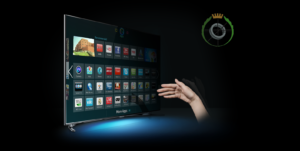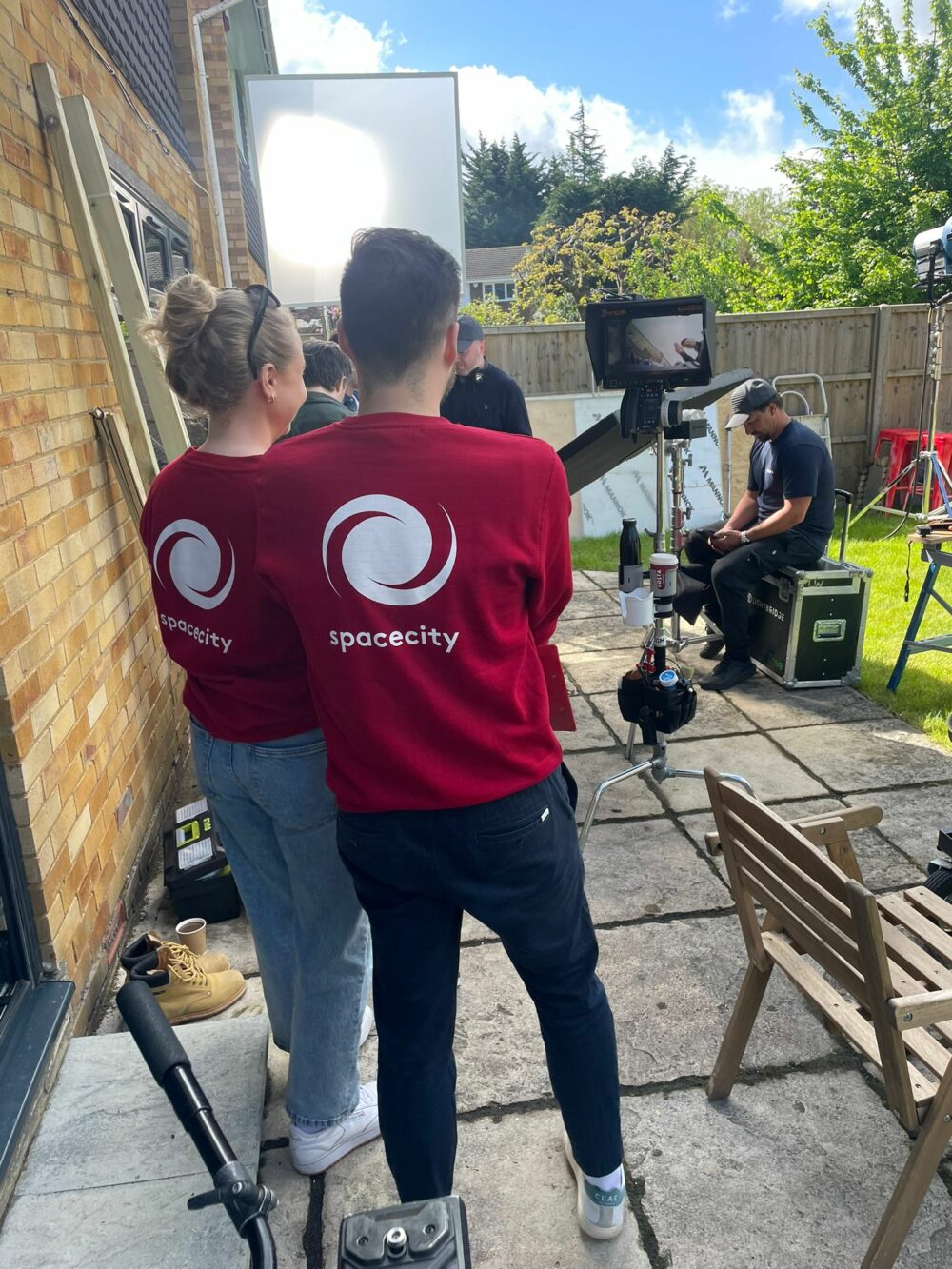Technology has consistently helped the advertising industry improve, with companies benefitting from improved measurability and more cost-effective production cycles, but why is it now failing the sector?
TECHNOLOGY Needs to improve quickly to save an advertising industry that is in need of increased creative prowess, but what needs to be done to help?
The final analog TV transmitters were turned off in 2012, following a three-year phase-out of the systems of broadcast: a seminal moment similar to this is needed to support advertisers and viewers.
With a universal switchover from digital to connected TVs, companies can universally communicate with server-side IP data and ensure that consistent, measurable and granular data streams are available to maximise the full potential of TV and other forms of advertising production.
For TV and online’s continued success, the presence of data doesn’t just need to be there, but the quality of it needs to be improved.
Your business has the ability to measure real-time website traffic reports in relation to your TV advertising impact, but with an increasingly fragmented viewing base, which still prefers to watch on-demand programming, even, through traditional TV sets, the need to satisfy the viewer and advertiser is brazenly clear.
Although strides have been made in terms of tracking TV advertising viewed on other devices — tailoring it to the platform and displaying it at more appropriate times for the consumer — the potential of linear TV still has not peaked.

Connected TV should provide the targeted campaigns necessary for boosting direct response — yet engraining brand — but does not.
Pairing data with the TV sets itself is something that is tangibly possible, but is not yet a common reality.
To ensure that mass media advertising is optimised, the technology that has been offered to consumers, needs to be mandatory.
Economic improvement is inevitable; with increased volumes of data available and being elicited, the quality of advertising can improve.
With advertising that is tailored to the consumer, receptiveness increases in the case of online direct response, while with TV, knowing the factors that stimulate memorability will help with increasing ad efficiency, ROI and long-term success.
Adverts with increased consumer understanding will enjoy greater viewership, as well as ROI.
Thinkbox research showed that the usage of device-viewed VOD had been relatively stagnant between 2013-17, but with broadcaster VOD those viewing figures had more than doubled in the same period.
With a lack of measurability to compliment the demand, viewers are not being served the ads they desire.
In terms of actual gratification sought, further research by the company showed that viewers were nearly twice as likely to enjoy escapism on VOD, as appose to live TV, which is crucial to boosting memorability.
Therefore, from both a brand and response perspective, having the knowledge of why and how viewers respond to the techniques deployed to induce escapism, will eliminate ad-spend wastage.
Augmenting these changes in measurements to programmatic advertising delivery, will also help save your business money.
If a certain creative is broadcast to a consumer via server-side IP delivery, you can ensure that the ad is not sent to them specifically again if a purchase has been made, or another KPI is met.
Although the process does not work in this manner with linear TV, you do have the ability to reduce your spending on such spots that are underperforming, moving more appeasing creatives around in realtime to optimise spend.

The key is flexibility – for both consumers and advertisers. As viewing habits shift, so should the technology that serves the industry.
With more viewers looking to view something in the traditional TV setting, but not at pre-defined live broadcast times, ad quality and measurement need to be able to reflect this.
Through traditional means of measurement, you will not be able to ascertain realtime uplifts associated with broadcast VOD, therefore why a consumer is reacting in a certain way.
TV advertising production is consistently improving in itself to cater for the demand the technological revolution has facilitated.
Ads can be sent to stations more quickly; versions of ads can be fashioned in shorter periods, while the quality of the footage continues to improve and further satisfy consumer needs for escapism.
The technology is present, but for advertisers and consumers alike to both benefit from the commercials disseminated, directives similar to the analog to digital evolution, need to be implemented to assist businesses.
Space City has been producing TV, online and radio adverts for over 25 years, producing more adverts than any other company since 2000.
Contact the team now and find out how you can exploit their award-winning creative flair and productivity to improve your business’ advertising fortunes.


